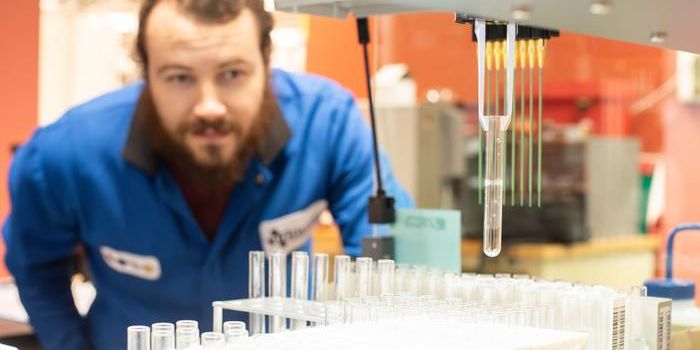Scientists Gained Insights into Nuclear Fusion from Mayonnaise
Nuclear fusion energy is considered as the energy of the future. Researchers across the globe have been striving to build fusion reactors that can eventually be utilized for power generation.
There are two popular methods for scientists to merge atomic nuclei: thermonuclear fusion (such as the International Thermonuclear Experimental Reactor in France), and inertial confinement fusion (or ICF) (such as the National Ignition Facility in Livermore, California).
According to a recent study, a team of scientists at Lehigh University Bethlehem, Pennsylvania has made important discoveries about the hydrodynamics of elastic materials, which can improve ICF reactions. But the material they experimented with, however, is the least you would expect — mayonnaise.
Using the inertial confinement fusion (ICF) method, scientists can initiate fusion reactions by shooting a high energy laser beam at a pellet-size metal fuel capsule. The capsule often contains a mixture of deuterium and tritium at milligram level. During a fusion reaction, the fuel capsule ruptures as a result of intense heat and pressure, causing the gas vapor and molten metal to mix violently.
To understand how molten metal and gasses interact, the Lehigh group, led by physics professor Arindam Banerjee, used refrigerated mayonnaise to mimic the melted metal of the fuel capsule, because of its viscosity and texture. Their method is cost-effective yet highly relevant.
The Rotating Wheel Rayleigh Taylor Instability Experiment (Lehigh University)
He and his students constructed a one-of-the-kind turbulent-generating laboratory to investigate the dynamics of two-fluid mixing. They created the experimental conditions that are close to those in ICF, but minus the heat and pressure.
At the center of their research is the Rayleigh-Taylor (R-T) instability, a phenomenon named after its discoverers Lord Rayleigh and G. I. Taylor. It emerges at the interface between two fluids of different densities. A perfect daily example would be a cup of hot coffee mixied with cold milk.
In their experiments, mayonnaise was poured into a massive container. And then researchers created wave-like perturbations using a rotating wheel. The change in the fluid interface was monitored and recorded by a high-speed camera set up at the top of the mixing tank. The resulted graphics were processed using a computer algorithm, through which various measurements of R-T instability were taken.
Based on their analyses, Banerjee and his students concluded that the threshold for the instability to occur is related to the size of the amplitude (perturbation) and wavelength (distance between crests of a wave) applied. During two-dimensional and three-dimensional perturbations, a smaller initial amplitude and wavelength can produce a more stable fluid interface.
The researchers were hoping that the new insights into the "instability threshold" of elastic-plastic materials can be used for solving problems in other fields of physics and engineering disciplines, besides refining its application in inertial confinement fusion.
This research is published in the journal Physical Review E.
Source: Phys.org









